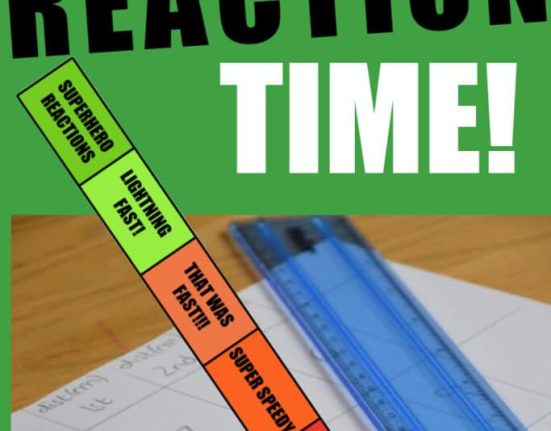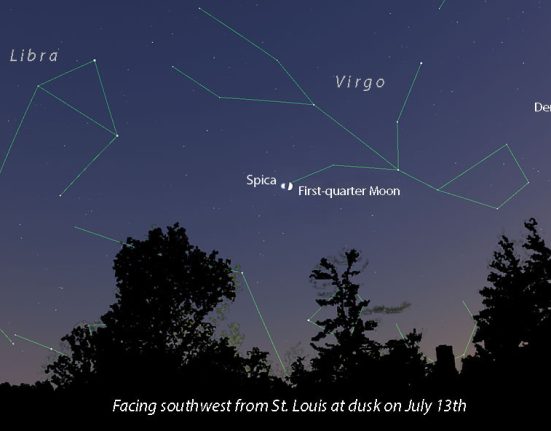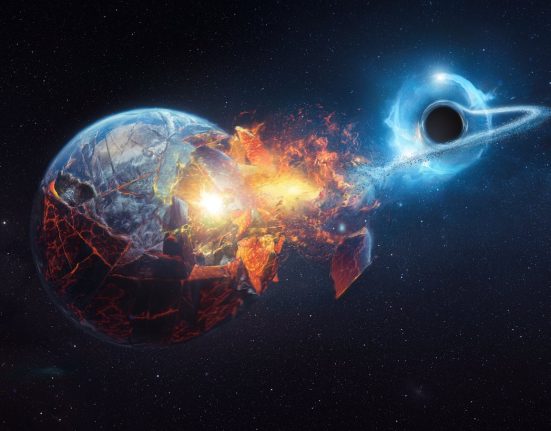It's just a coincidence, but Arizona is the location of NASA and Western University's Surface Planetary Processes Field School training this month.
Preparing for Artemis III
NASA is testing technology and astronauts are conducting analog moonwalks in the San Francisco volcanic field, north of Flagstaff, Arizona, in preparation for future moonwalks, including that of the Artemis III mission, the first mission to the surface of the planet. moon by astronauts since 1972.

The NASA “crew” participating in the exercise are astronauts Kate Rubins and andré douglas. According to NASA, they are “wearing mockup spacesuit systems as they traverse the desert, completing a variety of technology demonstrations, hardware checkouts, and science-related Artemis operations.”
NASA added that “during the test, two integrated teams will work together while practicing end-to-end lunar operations. The field team consists of astronauts, NASA engineers and field experts in the Arizona desert conducting simulated moonwalks, while a team of flight controllers and scientists from NASA's Johnson Space Center in Houston monitor and guide Your activities”.
“It consists of four simulated moonwalks that follow the operations planned for Artemis III and beyond, as well as six advanced technology careers. During the advanced runs, teams will demonstrate technology that can be used for future Artemis missions, such as visualization capabilities and navigation data streaming in the form of a head-up display using augmented reality or light beacons that could help guide the crew back to the module. landing. .”
Barbara Janoiko, director of field testing at Johnson, said: “Field testing plays a critical role in helping us test all the systems, hardware and technology we will need to conduct successful lunar operations during the Artemis missions. “Our engineering and science teams have worked together seamlessly to ensure we are prepared every step of the way for when astronauts set foot on the Moon again.”
Preparing for the next generation of planetary scientists
Meanwhile, Dr. Gordon Osinski of Western University leads a group of undergraduate and graduate students in a field class for 13 days, May 5-17, which includes visiting several locations in Arizona and southern Utah.

The course page describes the excursion as follows.
Field study of the geology and biology of several Moon and Mars analog sites in North America. The primary focus of the course will be a 13-day residential field experience examining several locations in northern Arizona and southern Utah, taking place in late April or early May.
This region of the southwestern United States is a world-renowned setting for comparative planetology; Apollo astronauts trained there in the 1960s and 1970s. Field stops will focus on meteorite impact craters (e.g. Meteor Crater, AZ; Upheaval Dome Crater, UT), volcanism (e.g. ., Sunset Crater volcanic field, AZ) and canyon and valley formation (e.g., Canyonlands National Park, UT).
Many of the locations to be visited are considered world-class terrestrial analogues of the Moon and Mars, such as Meteorite Crater – the best-preserved meteorite impact crater on Earth. The goal of this course is to provide students with an interdisciplinary field studies experience with an emphasis on comparative planetology through the study of terrestrial analogues. Terrestrial analogues are places on Earth that approximate the geological and environmental conditions of the Moon, Mars, and other planetary bodies, either now or in the past. This course will introduce students from a wide range of backgrounds to various aspects of planetary science, with an emphasis on planetary surface processes. Astrobiology and planetary materials topics will also be integrated into this field program.
While the two groups will not meet on this trip, it is possible that some of the Western University students could participate in future Artemis missions. And it should be noted that Dr. Osinski has in the past trained current Canadian astronauts for possible future missions to the surface of the moon.













Leave feedback about this